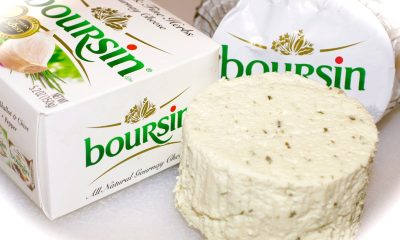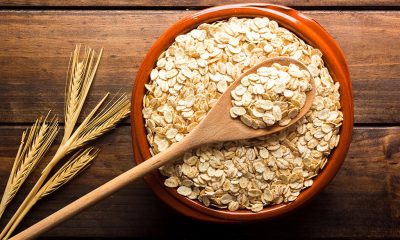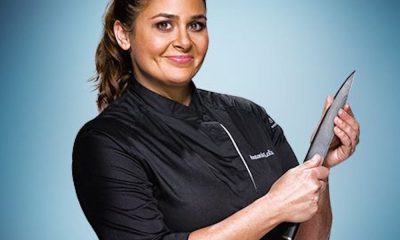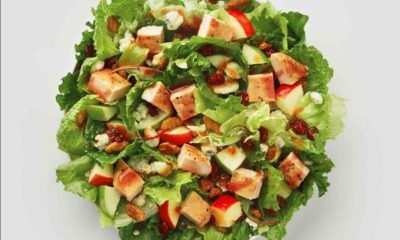Featured
How to Start Your Personal Food Blog
Before you start cooking your food and photographing it, it’s essential to have a few ideas in place on how you will run your personal food blog.
If cooking is your passion, then starting a food blog will be such a rewarding, fun, and potentially profitable experience. However, this does not happen by accident and you need to put in the time and effort.
Some food blogs have opened unexpected doors like television appearances, book deals, and cooking product lines. Here are some tips to help you open set up a successful personal food blog.

Choose a Niche
You need to choose a niche that best suits the kind of foods you will be cooking.
Some of the niches you can consider include frugal-cooking, gluten free, sugar free, carb free, vegan, quick fixes, teas and keto diets.
It’s essential to choose a niche as this will help you find a target audience.
Get a Blog Name
You will have to come up with a name for your personal food blog that best describes the kind of food you will be cooking. It has to be available as a domain name which we will talk more about later.
When choosing a name, you want to be descriptive but not limited in case you wish to expand on your niche.
For instance, if you start a chocolate blog, choose a name that encompasses cakes, cookies, and other meals too.
The Technical Bits
If you are tech savvy, you can do this yourself or hire some help.
You can always check out sites such as Fiverr and Upwork to hire someone to create a blog. If you choose to do it yourself, here are some steps you need to take.
Purchase Web Hosting and a Domain Name
You can use free sources such as Weebly or Blogger, but most successful bloggers choose to have their own hosting.
Most web hosts will also include purchasing your domain name when signing up. However, you can also buy it separately.
You need to look for one that has an easy WordPress install.
Installing WordPress on Your Web Hosting and Plugins
After you have installed it, go ahead and choose a theme that is in line with the food you will be cooking. You can always find these themes in your dashboard by searching ‘food’ themes and then ‘install’. Choose one that is responsive and adjusts well on smartphones and tablets.
For better results, avoid free themes and instead purchase one.
For plugins, you want to consider Akismet. This works well for comment spam filtering, social media so that people can easily share your blogs, and contact forms.
Email Listing
Setting up an email listing helps generate more income. Get some people on your list and email them to inform them about your new recipes.
If you have any promotions, be sure to email them about it.
Adding Recipes
To start with, add about 10 to 15 recipes to keep your readers engaged.
After that, have a schedule to add recipes either weekly or even twice a week. When doing so, pay attention to the kind of photos you take. They should be appetizing and have a clear step-by-step recipe to follow.
At this point, you might want to invest in a good camera.
Promoting Your Blog
One myth most people tend to believe is that once you build a blog, people will magically find it and start reading it or following you. People often forget that you have to drive traffic to your blog.
You can do this by optimizing your search engines and having a marketing plan in place. Some of this includes setting social media accounts like Facebook, Pinterest, Twitter, and publishing videos on YouTube.
You can use content upgrades to boost email subscriptions and attract readers.

Bottom Line
These tips will help you out as you set up your own personal food blog.
Also, the most crucial part to remember is that you have to monetize your blog by marketing it.




















